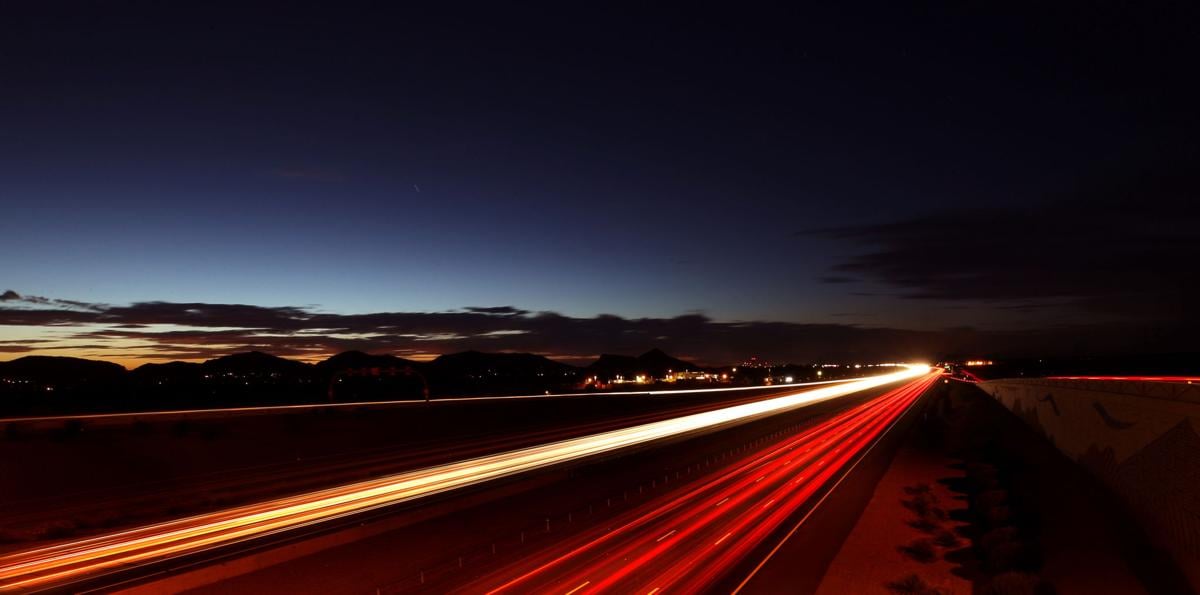Arizonans’ response to the 2020 Census will have a major impact on what transportation looks like for years to come.
Each response to the U.S. Census brings nearly $3,000 per person per year to Arizona, based on the $20.5 billion in federal funding Arizona received in fiscal year 2016, according to the Arizona Department of Transportation.
That money funds everything from transportation to housing to medical services.
“The Census determines how much federal funding our community will get for many public projects,” Tucson Mayor Regina Romero said in a video update to the community. “Now more than ever, we need this funding to come out strong after this pandemic.”
For the 2019 fiscal year, there was $737 million in federal funding approved by the U.S. Department of Transportation for Arizona highway improvements and to support metropolitan planning and surface transportation, according to ADOT.
There was more than $181 million in Federal Transit Formula Grants, which, in part, funds programs in rural areas, as well as $10 million in Federal Transit Capital Investment Grants for project development of various methods of mobility, including heavy rail, commuter rail, light rail, streetcars and bus rapid transit.
“The various programs and allocation formulas are complex, but the theme is simple: You count when it comes to the 2020 Census and its importance to Arizona’s state and local transportation systems,” ADOT Director John Halikowski said in a news release.
As of Thursday, Arizona ranked No. 33 nationwide in census response rates, with 1.8 million household responses, according to 2020 census data.
In the 2010 census, 77.6% of Arizona households mailed back their census forms, leading to a census participation ranking of 38. The responses highlighted the trend of a large hard-to-count population in the state.
Those in the hard-to-count group include children, young adults, rural residents, low-income residents, minorities and non-English speakers, among others.
However, even with the census being conducted for the first time online this year, and continued efforts to contact people by mail and phone, a study from the University of Arizona says many residents could be left out again.
Jason R. Jurjevich, an associate professor of practice in the school of geography and development, wrote that there could be 1.6 million to 1.85 million Arizonans in the hard-to-count population, “underscoring the challenge of counting Arizona’s diverse and growing population.”
"We're tough as saguaros," editorial cartoonist David Fitzsimmons says. He says he saw a video made for the people of Detroit and became inspired to do his own take for Tucson.
There were 1.4 million Arizonans in the hard-to-count population in 2010, the study found.
In Tucson and Pima County, officials are using awareness campaigns targeted towards this group.
For every Arizonan who does not respond to the census, the state could lose $887 in federal funding, the federal government says. A 1% undercount would represent a loss of $62 million per year for a decade — a total loss of $620 million.
Down the Road
Guardrail replacement for stretch of I-10: Crews will replace a guardrail on the westbound exit ramp of Interstate 10 at Arizona 83 in Vail, closing it to all vehicles starting Wednesday.
The project is expected to take two weeks, causing motorists to detour at the Colossal Cave, Wentworth Road interchange and eastbound I-10 to Arizona 83.
The road connecting Arizona 83 and the north-side frontage road should remain open.
Benson Highway, Campbell Avenue signal upgrade: Crews will be upgrading the traffic signals at the Benson Highway and Campbell Avenue intersection starting Tuesday.
Crews will work from 6 a.m. to 4 p.m. to install flashing yellow signals.
Motorists should expect delays as law enforcement directs traffic through the intersection.





